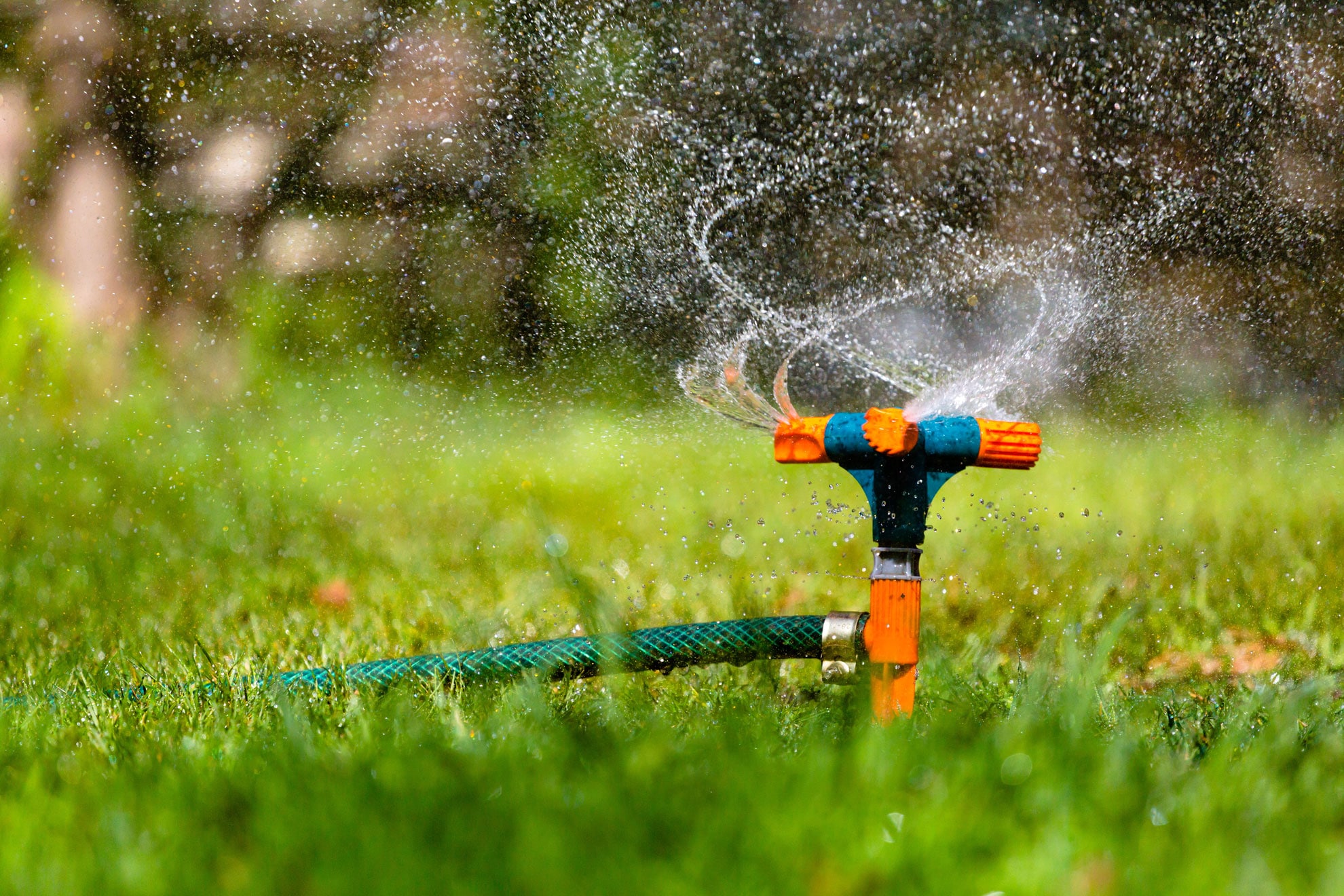Holy Water D&D 5th Edition on Roll20 Compendium
Table of Content
- Pectoral Crosses
- US leaders gather to discuss rights of nonreligious people across the world
- Timing of Moon Water (Blue Moon Water, Blood Moon Water, Etc.)
- Advent Reflection - Day 16 - Third Monday of Advent
- Sorry, Catholic Online School is Not for Sale
- LOURDES HYDROFIX PREMIUM EDITION 2022 - COMPLETE SET
From this fire is lit the Paschal candle, symbolizing the Light of Christ. This Paschal candle will be used throughout the season of Easter, remaining in the sanctuary of the Church or near the lectern, and throughout the coming year at baptisms and funerals, reminding all that Christ is "light and life." In some places, notably the Philippines and Malta, Catholics will travel from church to church praying at each church's altar of repose in a practice called "Visita Iglesia" or Seven Churches Visitation. If you do decided to drink moon water you put under the moon at night in the morning, set the intention when placing the water beneath the moon. You’ll only need a couple of sips to get the energy in you, anymore than that and it loses some of its properties if you try to drink it all and doesn’t taste as good. Storm water is water that’s been collected during a thunderstorm.
These plays, which originated in the Benedictine monasteries, became known as the Officium Peregrinorum. They were popular during the Middle Ages, but remained an "unusual liturgical drama in the West". The religious processions that are part of the Holy Week celebrations in many countries begin two days before Holy Week on what in those countries is called Friday of Sorrows. Having just observed Holy Wednesday and Friday, from Easter until Pentecost the usual fasts on Wednesday and Friday are not observed, it being a time of joy called the Holy Fifty Days.
Pectoral Crosses
However, during Holy Week, in most parishes, many liturgy times are advanced from six to twelve hours in time and celebrated in anticipation, which permits more of the faithful to attend the most prominent liturgies. Thus, it is the matins liturgy of Great Monday that is on "Palm Sunday" evening in parish churches and often vespers is in the morning. In the Eastern Orthodox Church and Byzantine Rite Catholic Churches, this day is called "Bright Monday" or "Renewal Monday".

In other communities as Gracias Lempira and different towns is still widely celebrated. A church in Florianópolis, Brazil, preparated for the Good Friday celebrations. The Alleluia is sung for the first time since the beginning of Lent. The Gospel of the Resurrection then follows, along with a homily. Another pious exercise carried out on Good Friday is that of the Stations of the Cross, either within the church or outside.
US leaders gather to discuss rights of nonreligious people across the world
The harvest of salt from the surface of Xiechi Lake near Yuncheng in Shanxi, China, dates back to at least 6000 BC, making it one of the oldest verifiable saltworks. Some of the earliest evidence of salt processing dates to around 6,000 BC, when people living in the area of present-day Romania boiled spring water to extract salts; a salt-works in China dates to approximately the same period. Salt was also prized by the ancient Hebrews, Greeks, Romans, Byzantines, Hittites, Egyptians, and Indians. Salt became an important article of trade and was transported by boat across the Mediterranean Sea, along specially built salt roads, and across the Sahara on camel caravans.

The celebration of Easter begins after sundown on what, though still Saturday in the civil calendar, is liturgically Easter Sunday. Holy Saturday is the day between the crucifixion of Jesus and his resurrection. While daytime liturgies or commemorations of the day are rare in the Western tradition, after sundown on Holy Saturday is the traditional time for Easter Vigil. On Maundy Thursday, the altar of this Methodist church was stripped and the crucifix of this Methodist church was veiled in black for Good Friday . A wooden cross sits in front of the bare chancel for the veneration of the cross ceremony, which occurs during the United Methodist Good Friday liturgy. Holy Week in the Christian year is the week immediately before Easter.
Timing of Moon Water (Blue Moon Water, Blood Moon Water, Etc.)
Traditionally, boys throw water over girls and spank them with pussy willow branches on Easter Monday, and girls do the same to boys. This is accompanied by a number of other rituals, such as making verse declarations and holding door-to-door processions, in some regions involving boys dressed as bears or other creatures. The origins of the celebration are uncertain, but it may date to pagan times before 1000 AD; it is described in writing as early as the 15th century. It continues to be observed throughout Central Europe, and also in the United States, where certain patriotic American elements have been added to the traditional Polish ones. The liturgical calendar of Malta gives the celebration the rank of feast, making its observance obligatory. Observance of the Tridentine Mass calendar as it stood in 1962 is still permitted in the circumstances indicated in the 2007 document Summorum Pontificum, giving Our Lady of Sorrows a commemoration within the liturgy of the Friday.
In its place, condiments such as soy sauce, fish sauce and oyster sauce tend to have a high sodium content and fill a similar role to table salt in western cultures. They are most often used for cooking rather than as table condiments. Salts have diverse mineralities depending on their source, giving each one a unique flavour.
Advent Reflection - Day 16 - Third Monday of Advent
Since the liturgical day starts from the evening before a calendar day, the prayers of Palm Sunday begin on the evening of Lazarus' Saturday. The following day – the last Saturday before Holy Week – is called "Lazarus Saturday". On this day the Coptic Church commemorates the Raising of Lazarus, the brother of Martha and Mary of Bethany. This day is related to the events of Holy Week in that John 12 tells of a visit of Jesus to Lazarus immediately before recounting the events of Palm Sunday.
Fleur de sel, a natural sea salt from the surface of evaporating brine in salt pans, has a distinctive flavour varying with its source. In traditional Korean cuisine, so-called "bamboo salt" is prepared by roasting salt in a bamboo container plugged with mud at both ends. This product absorbs minerals from the bamboo and the mud, and has been claimed to increase the anticlastogenic and antimutagenic properties of doenjang . In "doubly fortified salt", both iodide and iron salts are added.
Here’s how to make moon water, sun water, rose water and many more! We also give you tips on how to use magical waters and cast water magic spells. Unrefined sea salt contains small amounts of magnesium and calcium halides and sulfates, traces of algal products, salt-resistant bacteria and sediment particles.

In front of them walk the penitentes, dressed in long purple robes, often with pointed hats, followed by women in black carrying candles for up to 11 hours. The pasos are set up and maintained by hermandades and cofradías, religious brotherhoods that are common to a specific area of the city, whose precede the paso dressed in Roman military costumes or penitential robes. Holy Week is also observed in parts of Southern Italy, notably Sicily. The tradition its still practiced as the same way that was introduced in the 16th century by the Spanish conquerors.
The Church mourns for Christ's death, reveres the cross, and marvels at his life for his obedience until death. In some countries, such as Malta, Philippines, Italy, and Spain processions with statues representing the Passion of Christ are held. The man is shown holding a cross, representing the one upon which Jesus was crucified.

These Gospel lessons recount in chronological order the events from the Last Supper through the Crucifixion and burial of Jesus. This cross will remain in the center of the church until the bringing out of the epitaphios the next evening. Lazarus Saturday commemorates Jesus raising Lazarus from the dead, just before he went to Jerusalem himself. The main themes anticipate the Resurrection of Jesus, showing him as master over death.
Easter Monday is the day after Easter Sunday and is a holiday in some countries. Easter Monday in the Western Christian liturgical calendar is the second day of Eastertide and analogously in the Byzantine Rite is the second day of Bright Week. She is represented as worrying and grieving with Saint Mary Magdalene for Jesus; therefore the event is markedly similar to a mourning event among the people. One of the highpoints is the sharing of the paschal kiss and the reading of the Hieratikon by the priest. The Divine Liturgy follows, and every Orthodox Christian is encouraged to confess and receive Holy Communion on this holiest day of the year. Slavs bring Easter baskets filled with eggs, meat, butter, and cheese—foods from which the faithful have abstained during Great Lent—to be blessed by the priest which are then taken back home to be shared by family and friends with joy.
Comments
Post a Comment